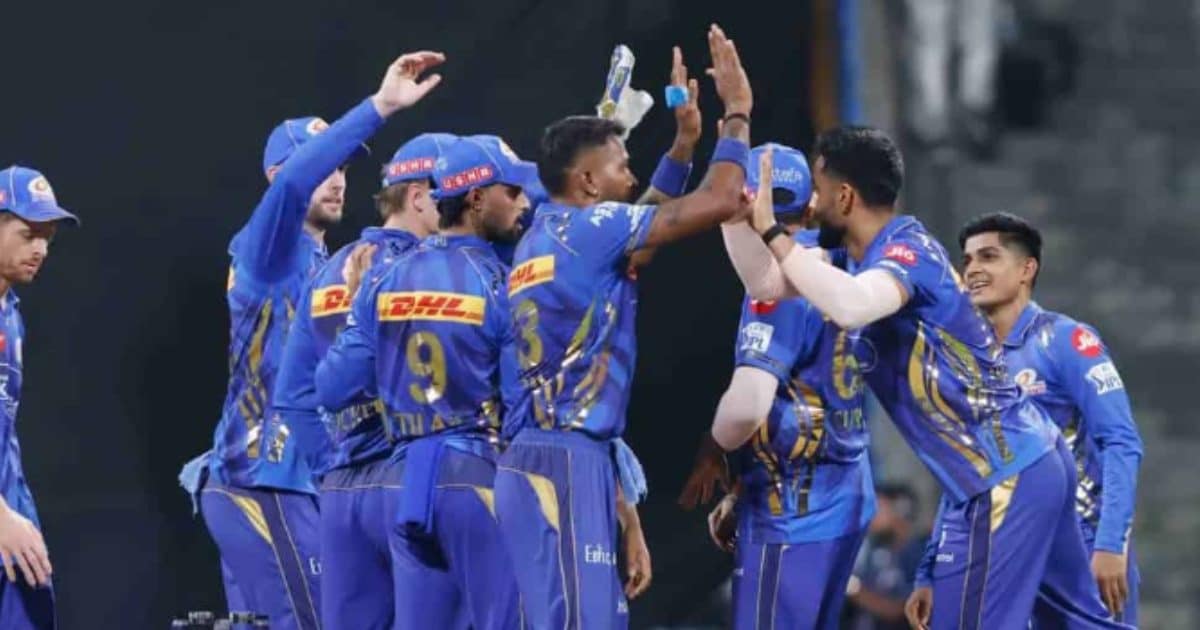The Indian Premier League (IPL) is one of the most popular and fast-paced cricket tournaments in the world. Every match is packed with excitement, but with such a thrilling pace, maintaining discipline in the game is crucial. One of the key regulations enforced in the IPL is the slow over rate rule. This rule ensures that teams complete their allotted overs within a specified time frame. If a team fails to do so, penalties are imposed on the captain and sometimes the entire team.
The slow over rate rule is designed to prevent unnecessary delays and maintain the flow of the game. It keeps matches from dragging on beyond the scheduled time, ensuring an enjoyable experience for both players and viewers.
What is the Slow Over Rate Rule in IPL?
In IPL, each team is required to complete their 20 overs within a stipulated time frame. The Board of Control for Cricket in India (BCCI) and the IPL governing body have set strict guidelines to ensure that teams adhere to this requirement. The slow over rate rule is triggered when a bowling team fails to complete its overs within the required time.
The official playing conditions of the IPL mandate that:
- The 20th over of an innings must begin within 90 minutes from the start of the innings.
- This includes two strategic time-outs of 2 minutes and 30 seconds each.
- Umpires consider allowances such as injury breaks, DRS reviews, and other unforeseen interruptions while calculating the over rate.
If a team fails to maintain the required over rate, penalties are imposed on the captain and the team.
When is the Slow Over Rate Rule Applied?
The slow over rate rule comes into play under the following circumstances:
- If the bowling team does not complete the 20 overs within the allocated 90 minutes.
- If time allowances for external interruptions (such as injuries or DRS delays) have been factored in and the team still exceeds the time limit.
- If the umpires report repeated instances of slow over rates by a particular team in multiple matches.
Umpires closely monitor the time taken between overs, the number of delays by bowlers, and the efficiency of field placements. If they determine that a team is not maintaining the required over rate, the slow over rate rule is enforced.
What Happens When a Team Breaches the Slow Over Rate Rule?
When a team violates the slow over rate rule, different levels of penalties are imposed. The penalties increase in severity with repeated offenses.
First Offense:
- The captain is fined ₹12 lakh.
- No further action is taken against other players, but the team is warned to improve their over rate in the next games.
Second Offense in the Same Season:
- The captain is fined ₹24 lakh.
- The remaining members of the playing XI are fined ₹6 lakh or 25% of their match fee, whichever is lesser.
Third Offense and Beyond:
- The captain is fined ₹30 lakh.
- The rest of the playing XI is fined ₹12 lakh or 50% of their match fee, whichever is lesser.
- The captain faces a one-match suspension, meaning they cannot play the next game.
These penalties serve as a deterrent to ensure teams maintain a fair pace of play throughout the tournament.
Impact of Slow Over Rate on Teams and Captains
The slow over rate rule has a direct impact on both individual players and the team as a whole. A captain facing a heavy fine or suspension puts their team at a disadvantage, especially in crucial matches. Additionally, repeated offenses tarnish the reputation of both the captain and the franchise.
For teams, poor over rates can result in:
- Increased financial penalties, affecting players’ earnings and team budgets.
- Loss of key players, if the captain is suspended for a game.
- Disrupted momentum, especially if fines or suspensions occur in critical matches.
- Negative perception, as teams with slow over rates often face criticism from fans and commentators.
Strategies to Maintain a Good Over Rate
To avoid falling into the slow over rate trap, teams and captains need to adopt specific strategies:
- Efficient Bowling Changes: Quick transitions between overs reduce unnecessary delays.
- Proper Field Placement: Setting fields faster ensures that minimal time is wasted between deliveries.
- Limiting Strategic Breaks: While two strategic time-outs are allowed, unnecessary discussions should be minimized.
- Quick Bowling Speeds: Fast bowlers should return to their bowling mark swiftly to avoid wasting time.
- Preparedness for Reviews: Wasting time on unnecessary DRS calls slows down the game.
- Umpire Cooperation: Captains should communicate with umpires to understand how much time they have left.
By following these measures, teams can maintain a good over rate and avoid penalties.
How the Rule Has Evolved Over the Years
The slow over rate rule has undergone several changes to ensure the IPL maintains its fast-paced appeal. Earlier, captains were only fined, but as slow over rates became more common, suspensions were introduced to discourage teams from delaying matches. The IPL now implements stricter monitoring and more significant penalties to keep games running smoothly.
The rule continues to be updated based on match data and trends. With the introduction of technological advancements like real-time tracking of over rates and on-field monitoring, teams are now more accountable than ever before.
The slow over rate rule in IPL plays a vital role in maintaining the excitement of the game. By ensuring that teams bowl their overs on time, the IPL governing body keeps matches engaging for fans while maintaining fairness for all teams. With hefty fines and suspensions in place, captains and teams must strategize effectively to keep up with the fast-paced nature of T20 cricket.


